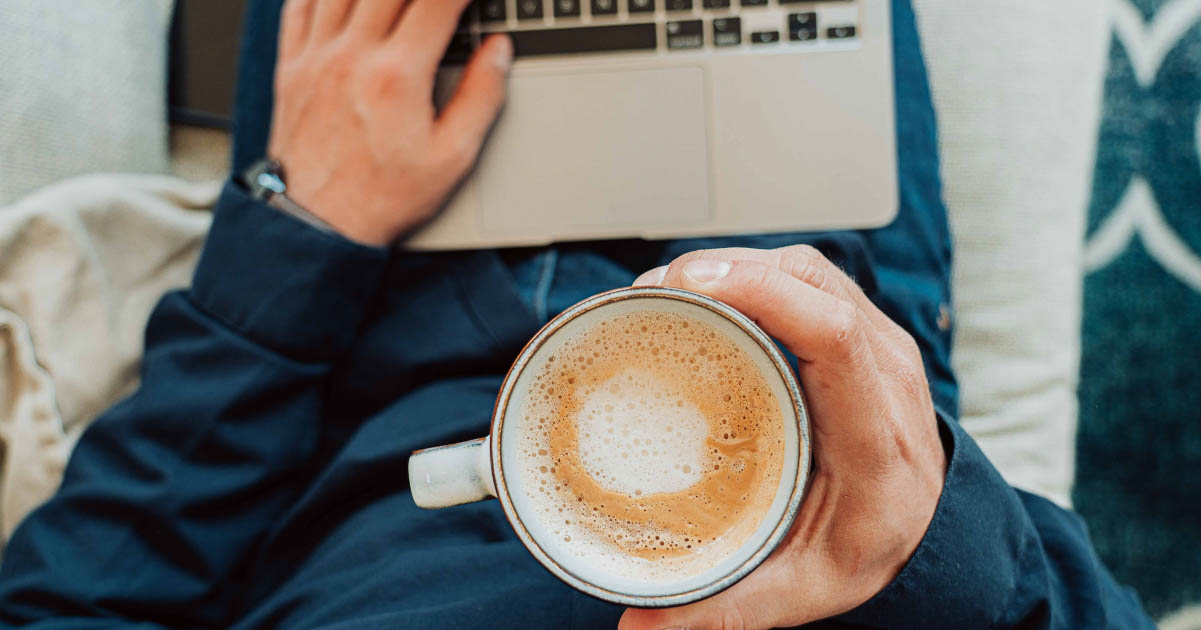
How to Take Effective Breaks (And Maximize Your Productivity)
Breaks are an essential part of any workday and can have a concrete impact on your health and productivity. This is especially true when you’re working from home, as the boundaries between work and free time can become more blurred.
In today’s post, we take a look at exactly why breaks are so important and how you can make the most of yours as a freelance proofreader or editor.
The Benefits of Taking Breaks
If you’ve got a deadline coming up, or you’re just feeling in the zone with your work, it can be hard to convince yourself to take a break. After all, as the old adage goes, time is money!
But, in the long run, avoiding breaks can have a damaging effect not only on your work but also on your mental and physical health. In fact, taking breaks is good for you. Here are just a few reasons why you should be giving yourself some time off from work:
- Your focus increases. It might sound counterintuitive, but taking breaks actually improves your ability to focus on a task. This is because the mind can only spend so much time focused on something before it starts getting tired and bored. Researchers have found that taking breaks (or brief diversions) gives your brain a rest and resets your focus.
- You solve problems more quickly. When your mind isn’t focusing, like during a break, it’s more inclined to wander. And it’s while your mind is wandering that your problem-solving skills are at their best, as the brain explores different perspectives and makes connections that might otherwise be missed.
- You can manage stress better. Working nonstop means you’re leaving no outlet for stress, which can start to build up and eventually lead to burnout. Breaks are an opportunity to release any stress that has been accumulating during your workday.
- Your physical health improves. Taking a break from the screen can help reduce eye strain and headaches while getting away from your desk and moving around will boost your circulation and prevent aches and pains. Taking breaks can also decrease the risk of more serious health issues, like blood clots and heart disease.
Of course, not all breaks will provide you with the same benefits. In the next few sections, we’ll share some tips on how to set up an effective break schedule.
Find a Technique That Works for You
So, we’ve now established that breaks are essential. But how long should these breaks be, and how often should you take them?
There are many different break techniques and schedules out there, so it’s important to find one that’s right for you. Here are some of the more popular break styles you can try:
- The Pomodoro Technique. This technique involves using a timer to schedule your breaks. Set the timer for 25 minutes, then work until your time is up. Take a break for five minutes, and then reset the timer. When you’ve completed four sessions (for a total of two hours), you can take a longer break of up to 30 minutes. This method provides motivation by having you race against the clock while also maintaining a regular break schedule.
- Microbreaks. These are short, frequent breaks that you take throughout the day. They can be anywhere from 30 seconds to a couple of minutes long and should occur roughly every 20 minutes. They generally involve quick activities like having a drink, stretching, or practicing the 20/20/20 exercise.
- The 52/17 method. This might seem like a random number, but DeskTime, a time tracking app, claims that the most productive people work for an average of 52 minutes before taking a 17-minute break.
- A combination of all of the above. Mixing and matching styles can help you find the right balance for your breaks.
Spend Your Break Time Wisely
Taking a break means more than just spending a few minutes away from your desk. And there are some things you should try to avoid when taking breaks:
- Avoid checking your emails or doing other work-related tasks. The point of a break is that you’re not spending it thinking about work!
- Avoid scrolling through social media, playing video games, or engaging in other such addictive, low-effort activities. You might end up spending more time on them than you plan to, and they can even reduce productivity and lower your mood.
Instead, make good use of your break time by:
- Relaxing. Take the time to brew a cup of tea, read a book, or practice some mindfulness exercises.
- Working on a skill. You can focus on a constructive hobby, such as painting or playing an instrument, or improve your academic and professional skills.
- Socializing. Chatting with friends is a great way to boost your mood and get your mind thinking about things other than work.
- Exercising. Even just a short walk or a few minutes of yoga will help you feel refreshed and less stressed.
- Cleaning or tidying. If you work from home, decluttering your space will help you feel more productive and remove distractions when it’s time to get back to work.
- Closing your eyes. If you’re just taking a short break, give your eyes a rest for a few minutes. You can even take a power nap as long as you remember to set an alarm!
Becoming a Proofreader or Editor
Working as a freelancer can be a freeing career choice. Explore your options by trying our Becoming A Proofreader and Becoming An Editor courses for free. If you like what you see, you can buy both as a bundle and get 15% off the total price.



Leave a Comment
Your email address will not be published.